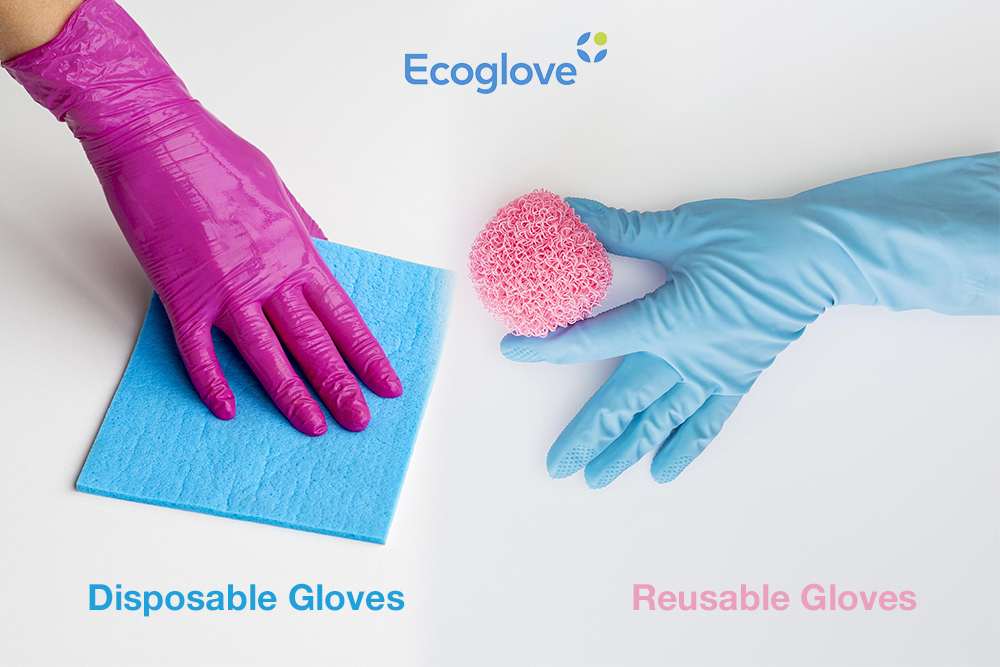Nitrile Gloves
Nitrile gloves are made of synthetic rubber, making them an ideal choice for individuals allergic to Latex. Nitrile gloves are latex-free, with a very low allergy rate (less than 1% of users). They are currently the most popular type of gloves, mainly due to their flexibility (suitable for almost any industry). Nitrile has excellent chemical resistance compared to latex, a key advantage especially when users come into contact with harmful substances. An important but often overlooked feature of Nitrile gloves is that they are puncture-resistant but prone to tearing when punctured, unlike latex gloves. This helps users easily identify when to replace gloves, especially when handling hazardous chemicals or infection-related tasks as even a small puncture can harm the wearer.
Latex Gloves
Latex gloves are made from natural latex rubber and are widely used in medical and industrial applications. They offer good protection in various tasks and can resist many chemicals. However, they may cause issues for individuals allergic to latex.
Vinyl Gloves
Vinyl gloves are made from polyvinyl chloride (PVC) – a flexible polymer. While also a popular type of gloves, Vinyl gloves are only suitable for specific environments. They are Latex-free and typically the most cost-effective choice among the three materials. These gloves are commonly used in non-hazardous environments as they offer minimal protection. Vinyl gloves are loose-fitting, less elastic than nitrile or latex gloves, and uncomfortable to wear. They have low chemical resistance and should not be used in environments containing hazardous substances. Therefore, Vinyl gloves are used in the food and beverage industry and are suitable for low-risk tasks where gloves are only used for a short period. Vinyl gloves are virtually non-allergenic.





